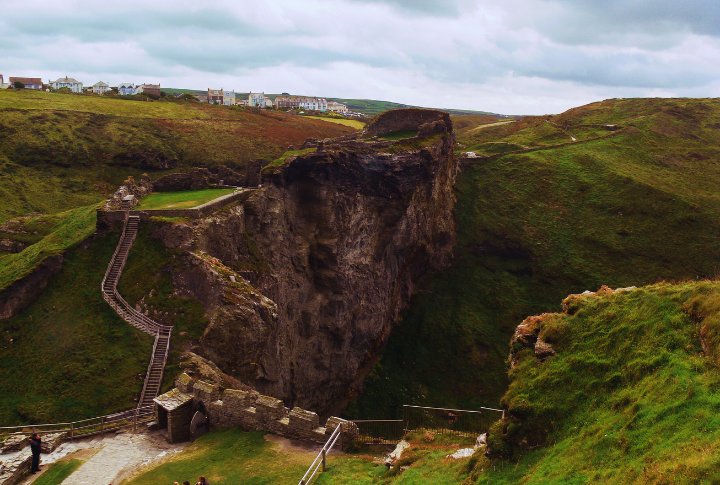
Legends of hidden cities and ancient realms have captivated imaginations for centuries. But what if these mythical places were more than just stories? Discover 15 legendary sites where archaeologists are investigating intersections of ancient myths with real-world evidence. These intriguing locations could bridge the gap between folklore and history, revealing a reality where legend and fact intertwine.
Troy
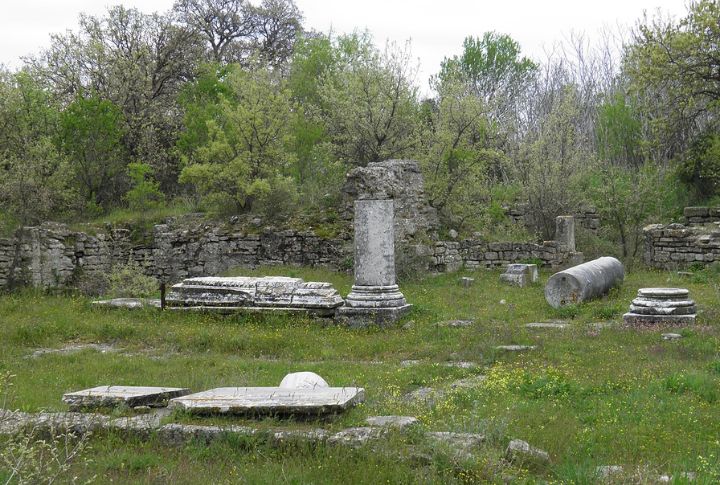
The city of Troy from Homer’s “Iliad” isn’t just a myth. Located in modern-day Turkey, it was discovered in the 19th century by Heinrich Schliemann. Archaeologists have uncovered nine layers of ancient cities, one likely matching Homer’s Troy. So, while we can’t confirm, something significant surely happened here.
Sodom and Gomorrah
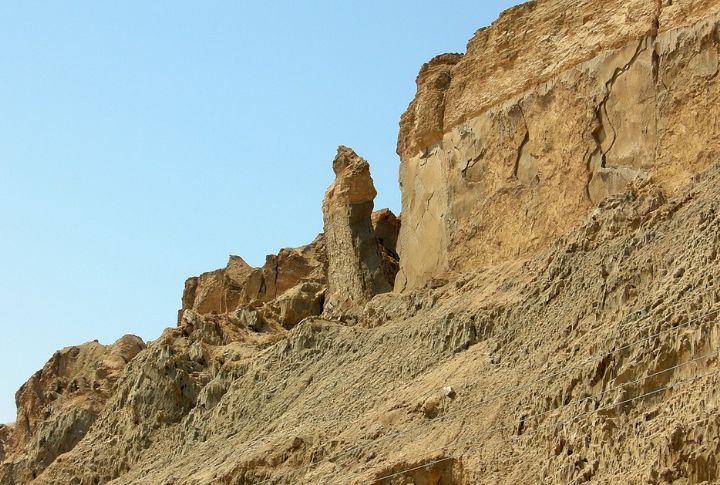
Famed for their wickedness, Sodom and Gomorrah were cities said to be destroyed by divine wrath in the form of fire and brimstone. Though often considered purely biblical tales, archaeologists have found potential sites along the Dead Sea that exhibit evidence of ancient cities destroyed by intense fire.
Gorham’s Cave

Located on the Rock of Gibraltar, Gorham’s Cave is a place steeped in mythological associations, including links to Medusa’s lair from Greek mythology. While the connection to Medusa remains speculative, the cave is an archaeological site where artifacts and Neanderthal carvings have been uncovered.
Zerzura
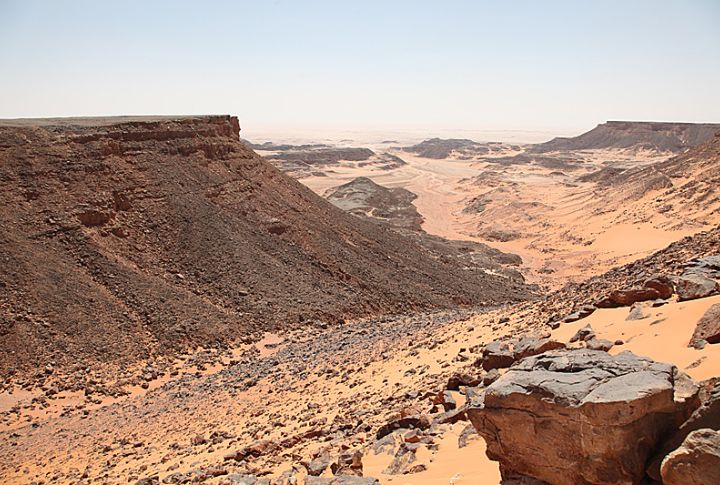
Zerzura, often called the “Oasis of Little Birds,” is a city of treasure hidden deep in the Sahara Desert. Mentioned in medieval Arabic texts, it was sought by explorers for centuries. Archaeologists have combed the Libyan Desert, finding clues such as ancient caravan routes and oases that could have inspired the legend.
Thule

Thule was considered the northernmost land in ancient Greek and Roman literature, often described as a place of perpetual ice and snow. Possibly Iceland or Greenland. Although initially thought to be mythical, later explorers like Pytheas of Massalia reported reaching this far northern land around 300 BC.
Tintagel Castle
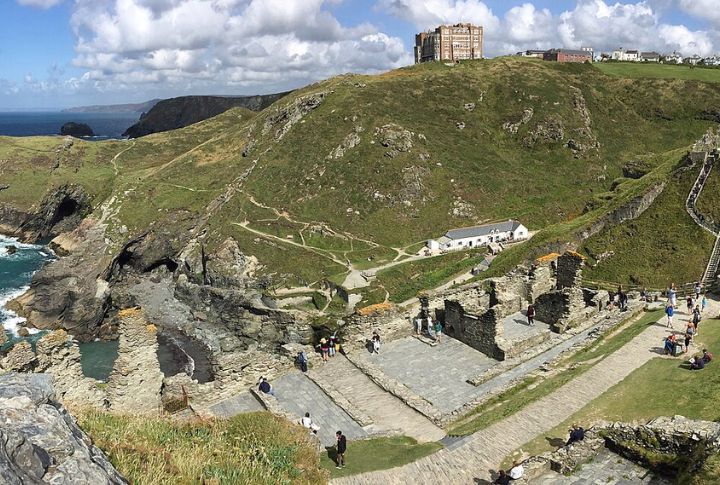
Perched on the coast of Cornwall, England, Tintagel Castle is famously linked to the legend of King Arthur. While the historical existence of Arthur is still debated, archaeologists have discovered that Tintagel was a Dark Age settlement. Moreover, excavations have unearthed high-status artifacts such as Mediterranean pottery.
Lake Guatavita

According to legend, a golden king would bathe in Lake Guatavita, tossing treasures into its waters. The lake, located in Colombia, has indeed yielded gold artifacts during several dredging attempts, supporting the legend to some extent. The wealth of the Muisca people points to a culture of great wealth.
Hanging Gardens of Babylon
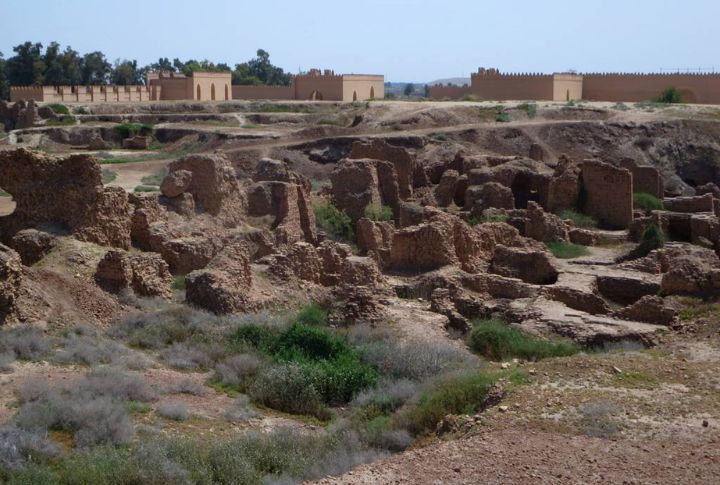
The Hanging Gardens of Babylon’s existence remains one of archaeology’s greatest mysteries. Some doubt they existed at all, but others believe they were built by King Nebuchadnezzar II for his homesick wife. Recent theories suggest they may have been in Nineveh.
L’Anse Aux Meadows
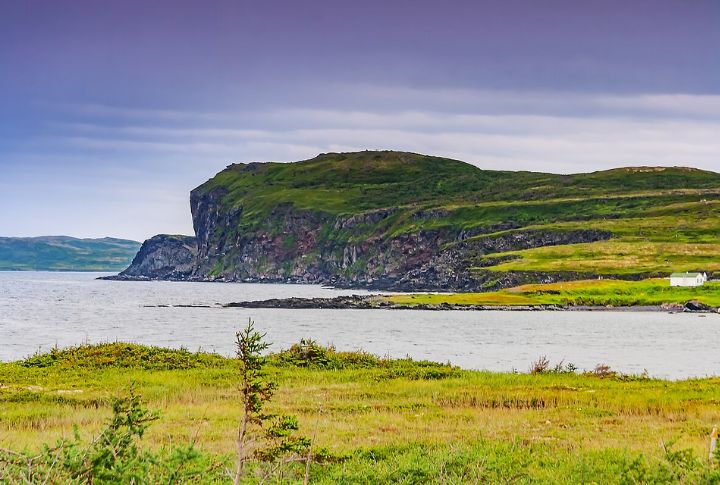
Vinland, the mysterious land mentioned in Viking sagas, was described as lush and bountiful. In the 1960s, L’Anse aux Meadows in Newfoundland, Canada, was excavated. This finding provided proof of the Vikings’ presence in North America long before Columbus. The site is now recognized as a Norse settlement.
Ain Dara

Ain Dara in Syria is home to a striking temple that bears architectural similarities to descriptions of Solomon’s Temple in Jerusalem, including a similar layout and decorative elements. While Ain Dara itself is not Solomon’s Temple, it provides valuable context for understanding the construction and cultural influences of the era.
Camelot
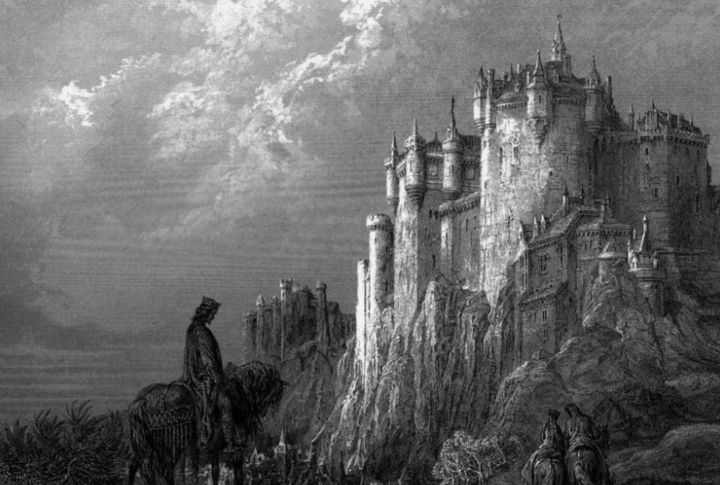
King Arthur’s Camelot, a symbol of medieval chivalry and courtly romance, remains one of the most tantalizing mythical locations. Camelot’s exact location is unknown. However, historians speculate it could have been inspired by actual Dark Age hill forts or Roman towns in Britain.
Hy-Brasil
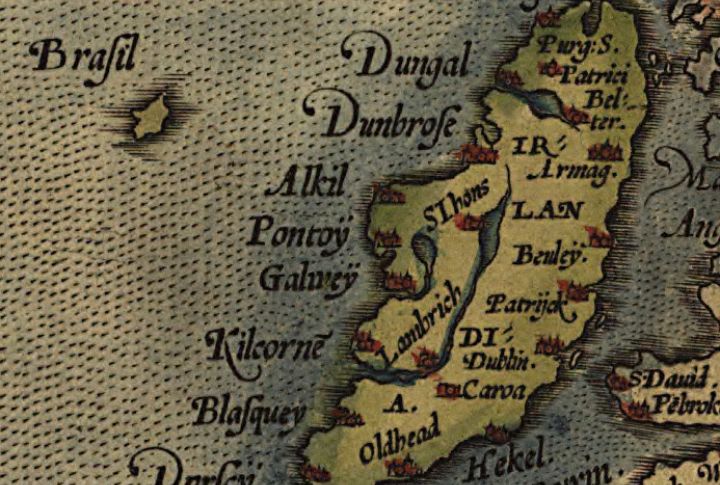
Hy-Brasil is the Irish Atlantis, a phantom island said to appear once every seven years off the coast of Ireland. Although the island has never been found, it appeared on maps as late as the 17th century. Some speculate it was a real place that became shrouded in myth due to the fog and shifting sands of the Atlantic.
Kastelli
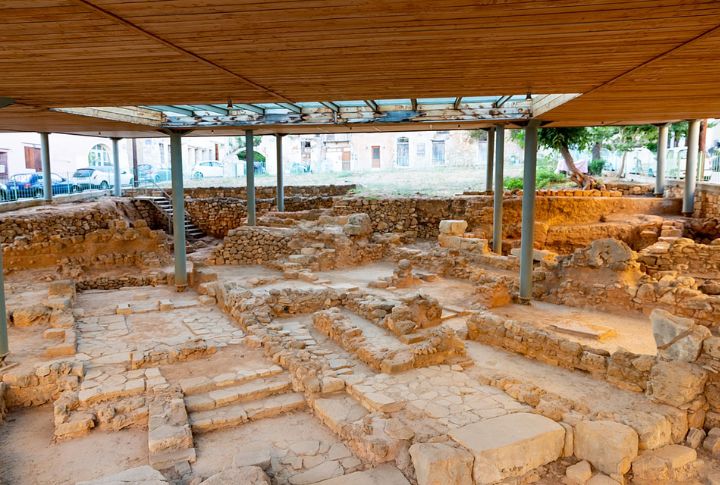
Kastelli is thought to be an ancient Minoan settlement on Crete, sometimes linked with the epic of Atlantis due to the advanced civilization that once thrived there. The ruins of Kastelli Hill in Chania reveal remnants of a powerful Minoan city, including grand architecture and complex urban planning.
Shangri-La

Shangri-La is a fictional paradise described in James Hilton’s 1933 novel “Lost Horizon” as a mystical, harmonious valley enveloped in the Kunlun Mountains of Tibet. While purely fictional, the search for real-world inspirations has led explorers to several remote monasteries in Tibet and Nepal.
Norumbega
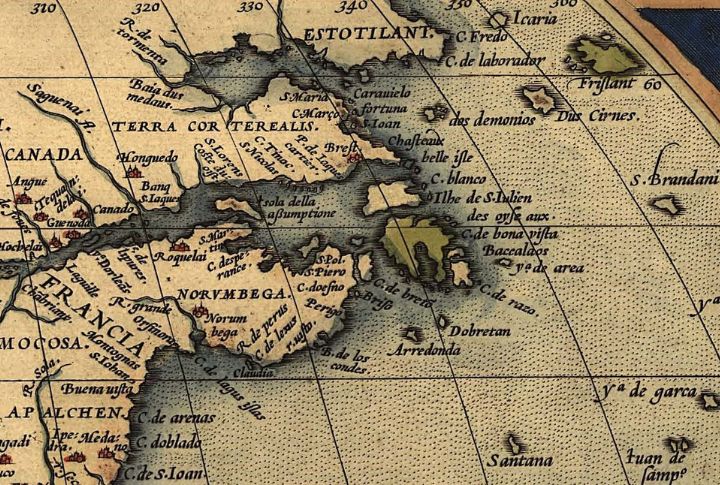
Described by European explorers as a bustling metropolis of wealth and trade, no evidence of Norumbega has been found. However, early European maps depicted Norumbega as a city of great importance, illustrating the optimism and imaginative spirit of explorers seeking new lands in the New World.

